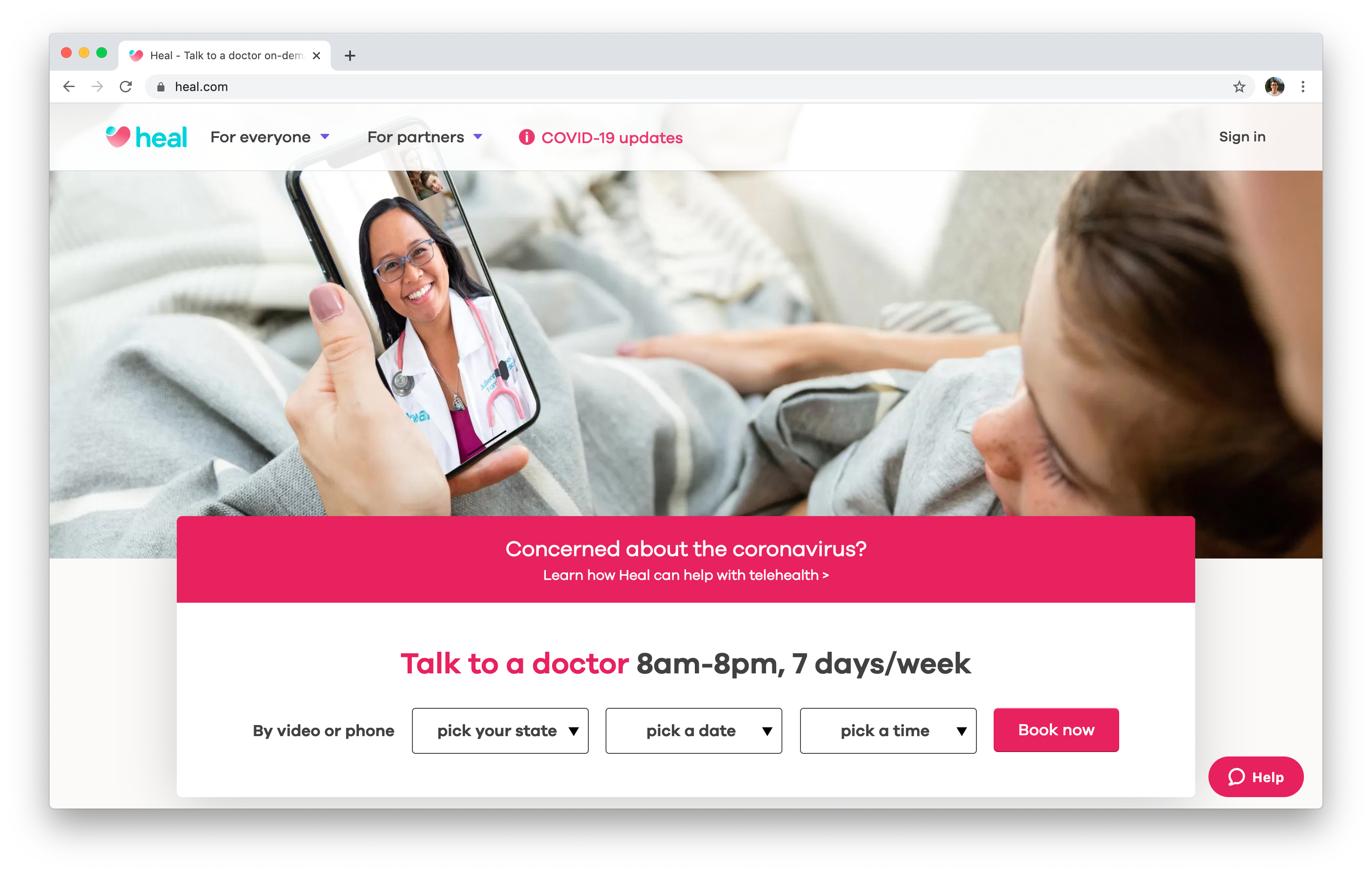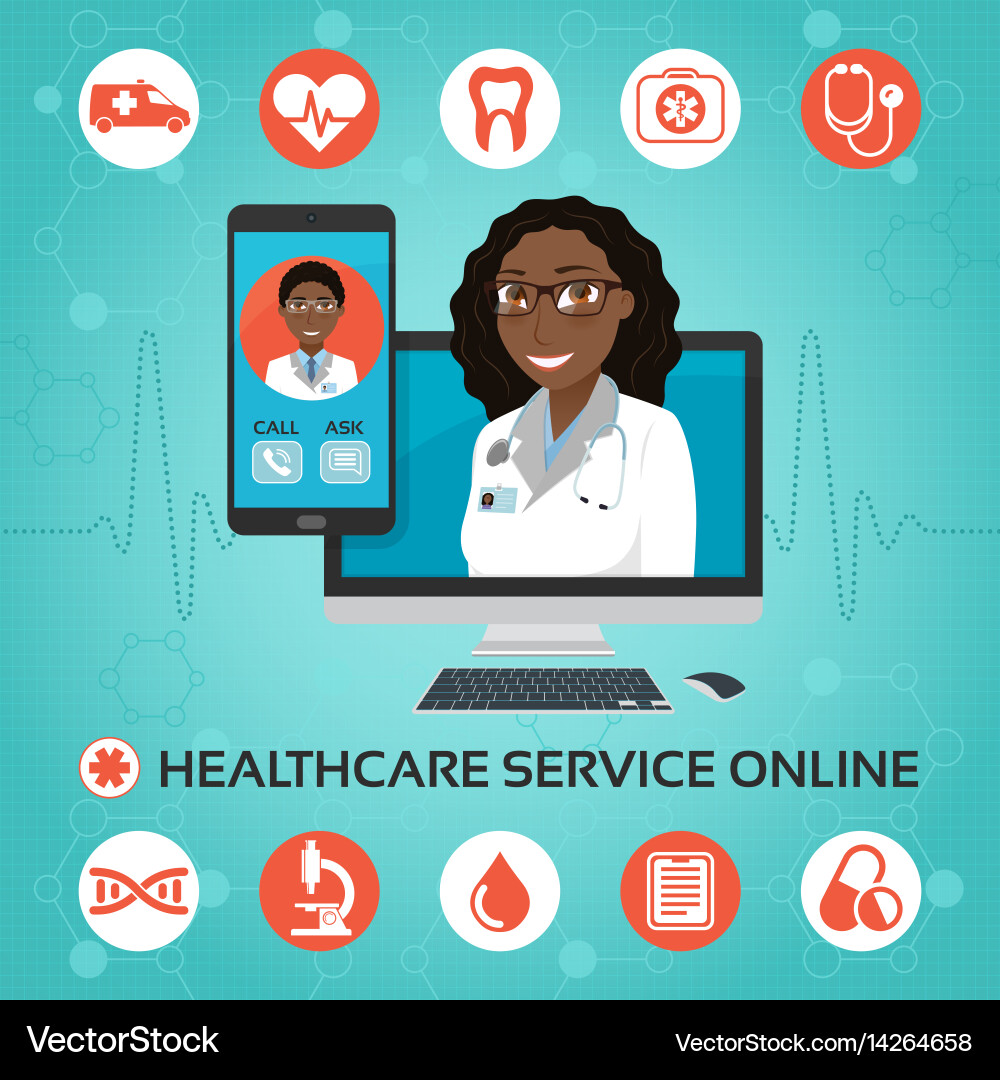Subscription Based Healthcare: Changing the Way We Think Of Health
Subscription Based Healthcare: Changing the Way We Think Of Health
Blog Article
The Surge of Subscription-Based Health Care and Its Influence On Client Care
As health care evolves, the subscription-based version is acquiring traction, guaranteeing to change patient care by using predictability and ease of access. These designs, which bypass conventional insurance coverage, can redefine the patient-doctor dynamic, emphasizing customized and preventive treatment. As with any development, they provide challenges, particularly concerning fair accessibility for all socioeconomic teams. The potential for these models to improve health care distribution increases pressing concerns concerning their long-lasting sustainability and inclusivity. Are these membership services the future of health care, or do they risk leaving vulnerable populations behind? The intricacies of this change warrant a better examination.
Comprehending Registration Health Care Models
Realizing the idea of registration health care versions includes examining a transformative method to clinical solutions that emphasizes price and accessibility. These models, commonly referred to as straight health care (DPC) or concierge medication, have actually become ingenious choices to typical fee-for-service healthcare systems. Registration healthcare permits clients to pay a set month-to-month or yearly fee for a specified collection of medical services, which may include limitless workplace visits, regular check-ups, and basic laboratory examinations, without the demand for traditional insurance invoicing.
The framework of registration medical care versions is designed to enhance individual treatment by removing third-party payers and complicated billing codes, thus reducing management worries. Health care service providers can focus a lot more on person treatment, cultivating more powerful patient-provider connections. This design likewise advertises preventative treatment by urging normal brows through, as the economic barrier of per-visit costs is eliminated.
The membership model frequently encourages doctor to take care of smaller sized patient panels, enabling for more customized treatment. It straightens monetary motivations with individual health and wellness end results, as companies are motivated to maintain patient satisfaction and well-being. On the whole, understanding subscription medical care designs requires recognizing their prospective to improve how treatment is provided and accessed.
Advantages for Patients and Providers

For suppliers, subscription-based versions offer the possibility to strengthen patient-provider relationships. With a consistent profits stream, healthcare professionals can commit even more time per client, bring about a more personalized and comprehensive care experience. This model also minimizes reliance over patient quantities, relieving fatigue and improving task fulfillment. Additionally, the focus on preventative care within membership strategies can result in far better client outcomes and decreased long-lasting healthcare costs. By concentrating on continual care, companies can address problems before they rise, eventually profiting the health care system as an entire by minimizing the worry on emergency and acute care solutions.
Issues and obstacles
While subscription-based medical care versions present many advantages, they also come with a collection of obstacles and concerns that must be addressed. Ease of access stays a substantial concern, as these designs commonly target individuals who can manage month-to-month costs, potentially leaving out low-income populaces. This increases ethical questions regarding equitable accessibility to healthcare services. he has a good point Additionally, the different nature of membership plans can result in confusion amongst individuals concerning insurance coverage specifics, possibly leading to unmet expectations or poor care.
Financial sustainability of subscription-based designs is one more worry. Companies must balance the set revenue from memberships with the variable expenses of healthcare services, which might change because of unexpected clinical demands. This can develop pressure to restrict solutions or rise fees, potentially influencing client satisfaction and care quality.
In addition, governing oversight of subscription-based health care versions is still progressing. Resolving these difficulties is important for the effective and equitable execution of subscription-based medical care.
Effect On Patient-Doctor Relationships
One substantial influence of subscription-based health care models on patient-doctor partnerships is the capacity for improved continuity and personalized treatment. By taking on a registration design, physicians can take care of a smaller patient panel, permitting more specialized time with each person. This increased schedule fosters a deeper understanding of a patient's case history, lifestyle, and choices, making it possible for much more customized treatment strategies and treatments.

Nonetheless, it is essential to acknowledge that while subscription-based versions may profit those that can manage them, they might inadvertently widen health care disparities. People who are not able to take part in these versions might experience lower access to customized treatment, possibly impacting their relationships with health care service providers. Hence, while the membership browse around this web-site design supplies appealing advantages for patient-doctor connections, it also positions difficulties that need to be addressed to make certain equitable medical care accessibility.
Future of Healthcare Accessibility

The duty of modern technology can not be overlooked in this transformation. Telemedicine platforms and digital wellness documents promote seamless interaction between individuals and doctor, damaging down geographical and logistical barriers. Additionally, developments in expert system and information analytics can more information better customize healthcare by predicting patient needs and optimizing therapy plans.
However, the future of healthcare gain access to likewise provides obstacles, such as ensuring equity across various socio-economic teams. Policymakers and healthcare suppliers should work together to link the digital divide, guaranteeing that subscription-based models remain inclusive and affordable. As these systems mature, they hold the promise of making healthcare a lot more available, effective, and patient-centric.
Verdict
Subscription-based medical care versions are improving client care by supplying a steady expense framework and enhancing accessibility. The rise of subscription-based health care urges positive client engagement, which has the prospective to improve patient end results and fulfillment, signaling a transformative change in medical care shipment.
As medical care advances, the subscription-based design is getting traction, promising to transform patient treatment by offering predictability and accessibility.Subscription-based health care models supply distinct benefits for both individuals and carriers, boosting the overall healthcare experience.As health care systems develop, the future of medical care gain access to regularly pivots on the integration of innovative designs and innovations.Subscription-based healthcare designs are improving person treatment by supplying a steady expense structure and enhancing access. The rise of subscription-based healthcare motivates proactive patient engagement, which has the potential to improve patient outcomes and contentment, indicating a transformative change in health care shipment.
Report this page